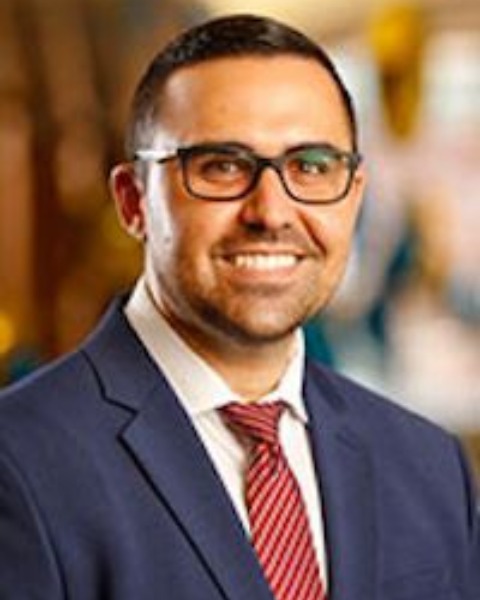Oncology
A Population Based Survival Analysis of Skull Base and Sacrococcygeal Chordomas in An Elderly Population: 2000-2021
Friday, February 21, 2025

Taylor Furst, MD
Resident
University of Rochester Medical Center
Rochester, NY, US
Presenting Author(s)
Disclosure(s):
Taylor Furst, MD: No financial relationships to disclose
Introduction: Chordoma is an aggressive locally invasive primary osseous tumor that most often arises from the sacral-coccygeal region and the skull base. Treatment typically requires en bloc gross total resection necessitating significant iatrogenic tissue disruption, physiological stress and surgical risk making management in a vulnerable elderly cohort challenging. The present study aims to assess survival trends in elderly patients with skull base and sacral-coccygeal chordoma.
Methods: The Surveillance, Epidemiology, and End Results (SEER) database was employed to isolate cases of chordoma in patients 65+ years of age between the years 2000-2021. Log rank Kaplan Meier survival analyses were used to identify overall and tumor-specific survival trends, while univariate comparison analyses were used to compare skull base and sacral-coccygeal chordoma cohorts. Multivariate cox regression analysis controlled for confounding variables. Survival analyses were repeated after stratifying cases by primary site.
Results: A total of 380 cases (128 skull base, 252 sacral-coccygeal) were included. Surgery not performed improved tumor-specific survival in both univariate and multivariate analyses (HR=0.49, 95% CI [0.27-0.88], p=0.016), but surgery did not impact all-cause survival nor survival stratified by primary site. Survival did not differ between sacral-coccygeal (40±47.71 months) and skull base chordomas (37±48.18 months) (p=0.96) despite sacral-coccygeal chordoma treatment beginning 35 days later (p < 0.001), being 48mm larger at diagnosis (p < 0.005) and undergoing surgical resection less often (54% vs 73.4%, respectively, p< 0.001). Year of diagnosis did not significantly impact survival.
Conclusion : Minimal improvements in elderly chordoma survival have been made over the last two decades. Worsened tumor-specific survival with surgery likely results from the need for aggressive, highly invasive resection that inherently carries high risk within this fragile population. Further study is needed to improve medical and surgical therapies within this cohort to improve survival.

.jpg)